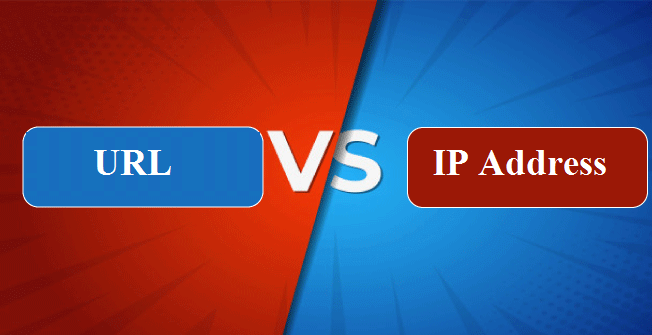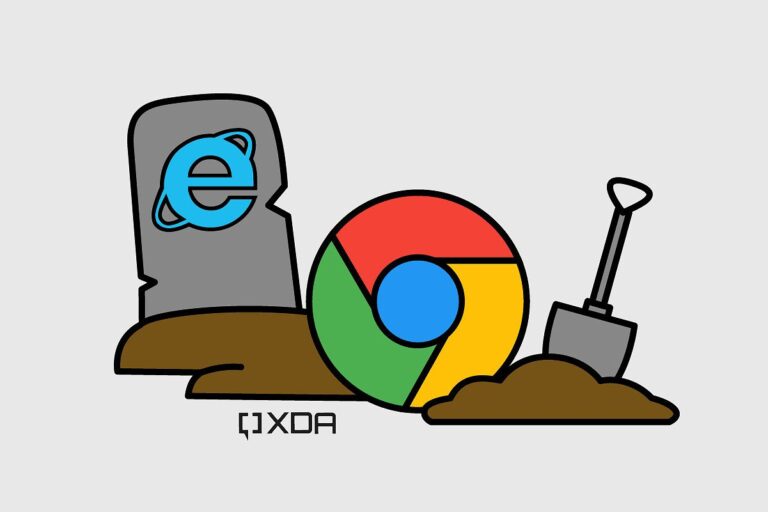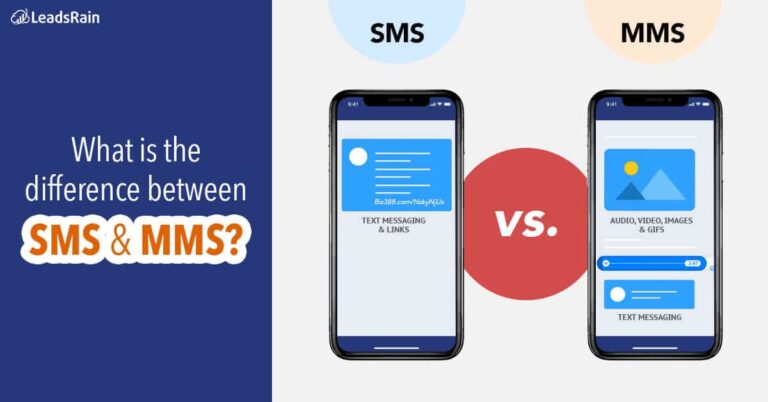What’s the Difference Between IP Address and URL?
In the sprawling landscape of the internet, where connections thread a web more intricate than any spider’s design, two basic building blocks are fundamental to every online interaction—Internet Protocol (IP) addresses and Uniform Resource Locators (URLs). Understanding the distinction between IP addresses and URLs is essential for anyone navigating the web, and particularly for tech enthusiasts and digital marketers who leverage this knowledge for a variety of purposes—from network administration to digital campaigns. This post serves as a comprehensive guide to demystify these core elements, break down their intricacies, and highlight their importance in the digital age.

The Foundation of Online Communication
Before we explore the nuances, it’s crucial to recognize these terms for what they are — the bedrock of internet communication. An IP address is akin to a phone number, it identifies a device connected to the internet, allowing it to receive and send data. URLs, on the other hand, are like the addresses of homes or businesses – a readable label that leads you to a specific online location.
At their core, IP addresses and URLs work together. When you type a URL into a browser, the Domain Name System (DNS) service translates it into a numerical IP address so that data can find its way back and forth. This is the seamless process that underpins our browsing experience and every digital transaction taking place.
Deconstructing IP Addresses
IP addresses come in two primary flavors: Internet Protocol Version 4 (IPv4), the more common and recognizable form with its familiar “dotted decimal” notation (e.g., 192.168.1.1), and the newer Version 6 (IPv6), which was developed to address the exhaustion of IPv4 space and contains significantly more potential addresses.
IPv4 and IPv6: A Brief Comparison
IPv4 remains the dominant protocol in use today but it’s quickly becoming insufficient to cater to the Internet’s growing needs. IPv6, with its expanded addressing capabilities, provides a solution for the long term. For IT professionals, this transition is not just a matter of preference, but one of necessity, especially as more devices come online.
Allocation and Domain Name Resolution
When a new device connects to the internet, it’s assigned a unique IP address, typically by a service provider. DNS servers then map domain names to these IP addresses, allowing us to use familiar URLs to access websites and web services.
Unraveling the Complexity of URLs
A URL encompasses the schema, hostname, port, path, query, and fragment, providing a detailed map to locate resources on the internet.
URL Components and Schemas
The first part of a URL specifies the protocol of the resource you’re interacting with, such as HTTP, HTTPS, FTP, or mailto, followed by the domain name (hostname) or IP address and the path to the resource on the server. It can further include a port number, query strings, and fragments that refine the resource’s location and type.
How URLs Work Under the Hood
When a user requests a URL, the browser uses the specified protocol to establish a connection to the resource’s server. The server then processes the request for the specific file path and responds accordingly. The intricacy of URLs is both their beauty and their power; they enable the granular retrieval of digital assets across the globe.
Comparative Analysis
While both IP addresses and URLs are essential for online navigation, they serve distinctly different functions. An IP address is a numerical label used to identify a source and destination for internet datagrams, while a URL is a formatted label used to identify an internet resource. IP addresses can be likened to the roots of a tree, unseen but foundational, while URLs are the branches that we interact with directly.

Use Cases and Operability
IP addresses are pertinent in routing data across networks and in identifying the source or destination of online activities. URLs, meanwhile, provide a human-readable way to locate resources and are extensively used in search engine optimization, marketing campaigns, and for navigational purposes.
Structure and Syntax
The structure of IP addresses and URLs differs immensely. An IP address is typically expressed as a series of four numbers separated by periods, such as 192.0.2.1. A URL, meanwhile, contains more elements and is far more complex in its composition, containing various parts that can differ in each use case.
Functional Aspects
IP addresses are more about function than form, with their purpose primarily focused on network communications. URLs, on the other hand, are user-friendly and facilitate easy access to internet resources. When compared, it is clear that IP addresses hold a more technical aspect, while URLs are designed to cater to user convenience.
Practicing What We’ve Learned
For a digital marketer, understanding IP addresses and URLs is essential for tracking website visitors and targeting content. Knowing how to obtain and interpret IP addresses aids IT professionals in network diagnostics and security. For the everyday internet user, recognizing these elements can help ensure privacy and secure online practices.
Conclusion
The subtleties of IP addresses and URLs may seem arcane to the casual observer, but they are the unsung heroes of internet functionality. Their significance cannot be overstated, and a deeper understanding of them can lead to a more robust and secure online experience, whether you’re a casual surfer, a savvy marketer, or an IT professional steering the currents of the digital world.







